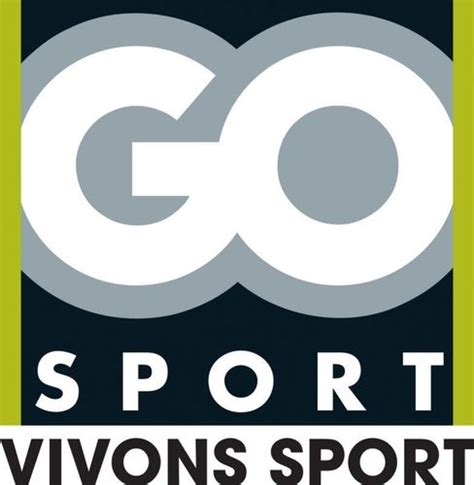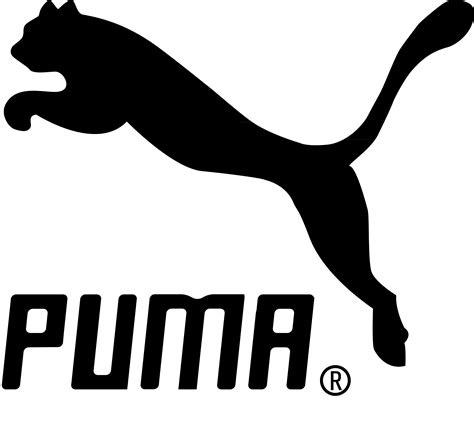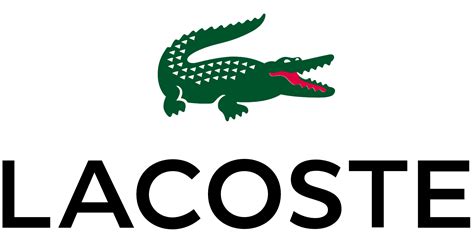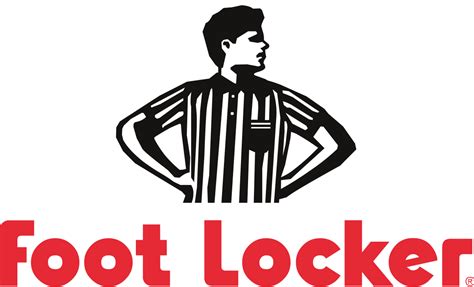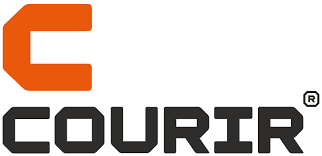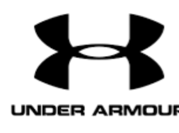Summary
The global sportswear market is growing rapidly, with Société Générale Private Banking estimating that it will be worth around 360 billion euros by 2020. Initially designed for sporting activities, sportswear has evolved into an everyday fashion item, strongly influencing consumer habits in France and around the world. This market dynamic is influenced by the increase in sporting activities, the search for comfort and the evolution towards a sportswear lifestyle.
Major market players include multi-sport retail giants such as Decathlon and Intersport, which dominate around 80% of the market in France, as well as leading brands such as Nike and Adidas, known for their innovation and development efforts. Although the market has traditionally been dominated by physical retail outlets, online sales have grown significantly, posing competition to established outlets. With the rise of e-commerce, industry players are faced with the challenge of evolving to meet consumer expectations in a highly dynamic market environment.
The Sportswear Revolution in France
The sportswear market in France has experienced considerable growth, following a global trend towards increased demand for sportswear. Initially designed for athletics, this category of clothing has outgrown its original purpose, becoming integrated into everyday life thanks to its comfort and aesthetic appeal. Almost three-fifths of the value of the national sporting goods market is attributed to sportswear, reflecting its strong market presence.
The global sportswear segment, part of the broader apparel and footwear market, was valued at around $332 billion. While the French market is keeping pace with this growth, it also has some unique characteristics. The French sporting goods market has passed the 11 billion euro mark, with a valuation of 6.7 billion euros attributed to sportswear. The increase in demand for sportswear is in line with the growth in sporting activity in France, the comfort factor of clothing and the promotional efforts of sportswear brands.
In France, major multisport retailers such as Décathlon and Intersport hold around 80% of the market. France boasts the second largest sporting goods market in Europe after Germany. Sales trends in the French market, and the increase in the number of companies operating under NAF code 47.64Z, point to sustained growth, with the number of companies in this category jumping by a significant 10%.
Consumption trends for sportswear have evolved towards everyday use, with statistics indicating that over 40% of sportswear purchases now correspond to non-sporting activities. This trend is most pronounced among young people, particularly men under 30. Gender dynamics have also changed, with women becoming more involved in sport, helping to accelerate the growth rate of the women's sportswear segment. Looking at the determinants of demand, sportswear consumption is closely linked to interest in sport for health and leisure.
Economic factors such as disposable income, the cost of practising sport and the amount of leisure time available to individuals also have an impact. Supply-side characteristics such as price, quality, durability and distribution channels also influence consumer demand.
Despite the dominance of physical retailing, online sales are beginning to influence market dynamics, even if their market share remains relatively small in comparison. Adaptation to service-centric approaches and responsiveness to changing consumer habits are crucial to maintaining a competitive edge:
Dominant forces in sportswear: An overview of market leads
In the dynamic world of sportswear, certain names have established themselves as dominant forces, shaping the landscape and setting trends for consumers worldwide. These giants, characterized by brand strength, market reach and consumer loyalty, have continually pushed the boundaries of innovation and fashion in the sportswear industry.
- Decathlon stands out as a multi-sport retailer renowned for its vast choice and commitment to making sport accessible to all. With a range of private labels, Decathlon offers quality sportswear and equipment at competitive prices, making it a destination of choice for athletes and casual shoppers alike.
- Intersport also occupies an important position as a multi-sport retailer, known for bringing together the leading sports brands under one roof. Offering a mix of product variety and local expertise, Intersport caters to a diverse customer base looking for expert advice and high-performance equipment.
- Sport 2000 completes the multi-sport distribution segment by emphasizing personalized service and community involvement. The company has built up a loyal customer base through its commitment to supporting individual athletes and local athletic communities.
- Go Sport, another key player in the multi-sports segment, has made a name for itself through a judicious selection of international brands and private labels. Striving to meet the needs of a diverse public, it combines competitive prices with a passion for sport.
- In the field of iconic brands, Nike 's global presence and groundbreaking product innovations keep it at the forefront of sports and lifestyle apparel. Nike's marketing prowess and commitment to athletes have consolidated its status as a benchmark cultural and sporting brand.
- Adidas follows closely behind, with its own heritage woven into the fabric of sports history. Known for its blend of style and functionality, Adidas continues to be the preferred brand of athletes and fashion-forward individuals who appreciate heritage and modernity.
- Puma, one of the world's leading sportswear brands, prides itself on fusing sport and lifestyle. Its eye-catching designs and strategic partnerships with leading personalities have enhanced its popularity and helped it maintain its place in a competitive market.
- Quiksilver brings the cultures of surfing, snowboarding and skateboarding into the conversation about sportswear, offering specialized equipment for enthusiasts of these action sports. Its distinct identity resonates with adventure-seekers and those drawn to the boardriding lifestyle.
- Lacoste, with its recognizable crocodile emblem, bridges the gap between sportswear and high-end fashion. Although its roots go back to tennis, Lacoste has evolved into a high-end lifestyle brand, offering a sophisticated vision of fashion and the art of living.
to understand this market
Detailed content
 Inforamtion
Inforamtion
- Number of pages : 30 pages
- Format : Digital and PDF versions
- Last update : 20/02/2024
 Summary and extracts
Summary and extracts
1 Market overview
1.1 Overview of the sportswear market
"Sportswear" or "sportswear" is a category of clothing that initially covered garments dedicated to individual or collective sports practice, and designed according to features that enhance athletes' performance and provide them with comfort and technicality.
Over the past two decades, however, the use of such garments has increased and is no longer exclusively dedicated to sporting activities. For reasons of comfort and aesthetics, sportswear has become an integral part of French people's clothing habits. Thus, sportswear has evolved from a strictly sporting use to a more varied one (sport, daily life), and today constitutes a style of dress for many people.
The sports market is considered one of the most dynamic markets of recent years, and sportswear is no exception to this growth, both in France and abroad. In fact, sportswear is the main component of the sports market in France, accounting for almost 60% of the country's sporting goods market . This is due in part to the growth in sporting activities, but also to the development and promotion of lifestyle sportswear.
These changes are creating new challenges and problems for market players, who must adapt to changing consumer habits and cope with the emergence of new players keen to enter this dynamic market.
Worldwide, the sector is expected to grow at a CAGR of 6.1% between 2022 and 2026.
In terms of players, the French market is dominated by major multisport retailers (such as Decathlon and Intersport), which account for around 80% of the total market.
1.2 A booming global market
The global apparel and footwear market has grown steadily over the past ten years, reaching $*,*** billion in **** according to Fashion United. The sportswear market has followed the same growth dynamic, reinforced by consumers' rising disposable incomes and their desire to maintain good physical condition. A **** study by Research and Markets estimates ...
1.3 National sportswear market follows global trend
In France, despite an inflationary context, the apparel market shows sustained growth in ****, with sales up by around *% vs. ****, according to the Observatoire Economique de l'Institut Français de la Mode (***).
Union Sport et Cycle forecasts **% growth in sales of sporting goods sold in stores and online in the first half ...
1.4 Foreign trade in sportswear
France's trade balance in the sportswear segment is largely negative: in a market where products are largely produced in Asia, it is a major importer from other parts of the world. The United Nations database, which records world trade data, gives us some figures for the category comprising tracksuits, skiwear and ...
2 Demand analysis
2.1 Determinants of demand for sportswear
*. Demand correlated with growth in sporting activities
A major factor in the growth in demand for sportswear is the development of sporting activities in general. While some sport is practised purely for leisure, others are motivated by a growing awareness, or even a tendency, to practise sport for health or aesthetic ...
2.2 Dynamics and trends in sportswear demand
*. Growing demand for high-end sportswear
As sportswear becomes an integral part of consumers' daily lives, it is becoming a style in its own right, even a social symbol of a successful life combining career, diet and fitness. The demand for high-end, even luxury sportswear is growing, as it reflects this type ...
3 Market structure
3.1 The organization and dynamics of the sportswear market
The sportswear market is organized around players who can be divided into two categories:
Players specializing in the sale of sporting goods, who account for **% of market share (***). Non-specialized players with a much smaller market share: these are generally generalist sales networks and wholesale distribution chains (***).
In view of new market ...
3.2 Sportswear distribution networks in France
The "Union Sport et Cycle" has drawn up a typology of sporting goods retailers. The main categories in France are :
Specialist multisport superstores (***); Specialized retailers with an offer focused on a particular sport, selling mainly in their physical outlets and secondarily online. Multisport importers/distributors (***). Agents, who are store networks that ...
3.3 Market players
Although the number of companies operating under NAF code **.**Z rose slightly between **** and ****, the trend has been rather stagnant in recent years. In ****, *,*** companies operated under this code.
Number of companies registered under NAF code ****Z (***) France, ****-****, in units Source: ****
In terms of the regional distribution of specialist sporting ...
4 Offer analysis
4.1 Physical retailing, the main source of clothing supplies
Today's sportswear offer is mainly made up of players operating in the physical retail sector:
Private label distributors such as Nike, Adidas, Lacoste, Le Coq Sportif and Quicksilver. These brands are aimed at the general public and are mainly positioned in the mid-range segment, with a small part of their offer ...
4.2 The development of online sales will upset the current balance
The existing balance, characterized by the preponderance of physical sales in the sportswear market, is not immune to the threat posed by the explosion of e-commerce.
In a context where footfall in so-called physical stores has not yet returned to pre-**** levels, physical players in the sportswear trade need to modify, ...
5 Regulations
5.1 Regulation of the sportswear market
The trade and manufacture of sportswear are not subject to any particular regulations, nor are they any different from the trade and manufacture of clothing in general. In addition to the legal and tax legislation governing these activities, we can cite the following, as indicated by Crédit Agricole:
This activity ...
6 Positioning the players
6.1 Segmentation
- Sport 2000
- Go Sport France
- Adidas
- Puma Groupe
- Quiksilver Bilabong
- Lacoste Groupe
- Le Coq Sportif (LCS International)
- Foot Locker
- Courir France
- Intersport France
- Under Armour
- Patagonia
- Lululemon Athetica
- Picture Organic Clothing
- Oakley
- Odlo
- Columbia Sports Wear
- Helly Hansen
- The North Face
- Blizzard (Tecnica)
- Nordica (Tecnica Group)
- Millet
- BasicNet Group (Superga, K-Way)
 List of charts
List of charts
- Value of the sportswear market
- Consumption of sportswear by value
- Sales index for retail sale of sporting goods in specialized stores (NAF 47.64Z)
- Reasons for daily use of sportswear
- Types of sportswear most frequently worn in everyday life
All our studies are available online in PDF format
Take a look at an example of our research on another market!
Latest news
Companies quoted in this study
This study contains a complete overview of the companies in the market, with the latest figures and news for each company. :
 Choosing this study means :
Choosing this study means :
Access to more than 35 hours of work
Our studies are the result of over 35 hours of research and analysis. Using our studies allows you to devote more time and added value to your projects.
Benefit from 6 years' experience and over 1,500 industry reports already produced
Our expertise enables us to produce comprehensive studies in all sectors, including niche and emerging markets.
Our know-how and methodology enable us to produce reports that offer unique value for money.
Access to several thousand articles and paid-for data
Businesscoot has access to all the paid economic press as well as exclusive databases to carry out its market research (over 30,000 articles and private sources).
To enhance our research, our analysts also use web indicators (semrush, trends, etc.) to identify market trends and company strategies. (Consult our paying sources)
Guaranteed support after your purchase
A team dedicated to after-sales service, to guarantee you a high level of satisfaction. +44 238 097 0676
A digital format designed for our users
Not only do you have access to a PDF, but also to a digital version designed for our customers. This version gives you access to sources, data in Excel format and graphics. The content of the study can therefore be easily retrieved and adapted for your specific needs.
 Our offers :
Our offers :
the sportswear market | France
- What are the figures on the size and growth of the market?
- What is driving the growth of the market and its evolution?
- What is the positioning of companies in the value chain?
- Data from several dozen databases
Pack 5 études (-15%) France
- 5 études au prix de 75,6€HT par étude à choisir parmi nos 800 titres sur le catalogue France pendant 12 mois
- Conservez -15% sur les études supplémentaires achetées
- Choisissez le remboursement des crédits non consommés au terme des 12 mois (durée du pack)
Consultez les conditions du pack et de remboursement des crédits non consommés.





 Intersport and Go Sport hot on Decathlon's heels in France - 11/04/2024
Intersport and Go Sport hot on Decathlon's heels in France - 11/04/2024
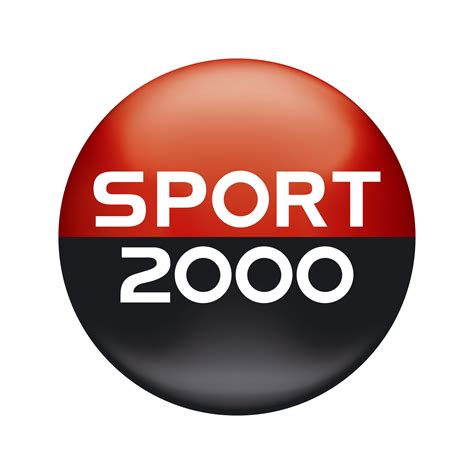 Discover Ekosport Rent, the new Sport 2000 brand | Explore Ekosport Rent, the new Sport 2000 brand - 29/02/2024
Discover Ekosport Rent, the new Sport 2000 brand | Explore Ekosport Rent, the new Sport 2000 brand - 29/02/2024
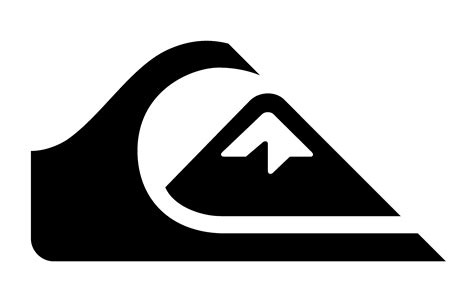 Fashion: Breton Beaumanoir ready to buy Quiksilver - 23/02/2024
Fashion: Breton Beaumanoir ready to buy Quiksilver - 23/02/2024
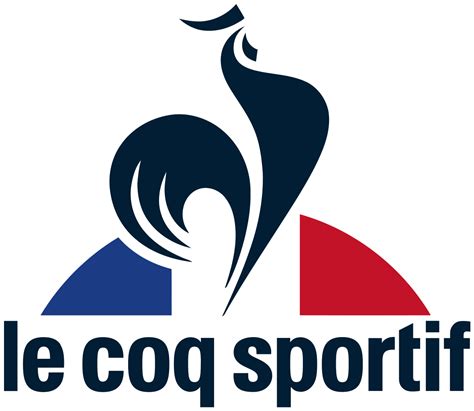 Paris 2024: Le Coq Sportif gets back in touch with Olympism - 12/01/2024
Paris 2024: Le Coq Sportif gets back in touch with Olympism - 12/01/2024
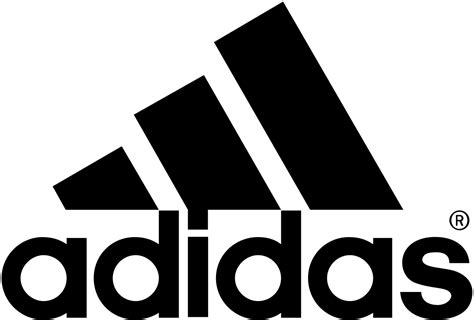 Adidas still going strong despite the Kanye West scandal. - 20/11/2023
Adidas still going strong despite the Kanye West scandal. - 20/11/2023
